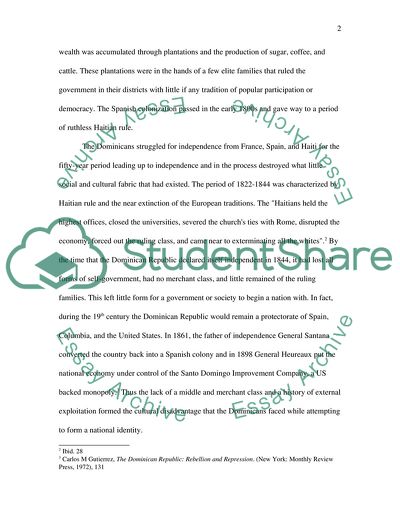Cite this document
(Why was the Dominican Republic plagued by military coups and civil war Essay, n.d.)
Why was the Dominican Republic plagued by military coups and civil war Essay. https://studentshare.org/politics/1716448-why-was-the-dominican-republic-plagued-by-military-coups-and-civil-war
Why was the Dominican Republic plagued by military coups and civil war Essay. https://studentshare.org/politics/1716448-why-was-the-dominican-republic-plagued-by-military-coups-and-civil-war
(Why Was the Dominican Republic Plagued by Military Coups and Civil War Essay)
Why Was the Dominican Republic Plagued by Military Coups and Civil War Essay. https://studentshare.org/politics/1716448-why-was-the-dominican-republic-plagued-by-military-coups-and-civil-war.
Why Was the Dominican Republic Plagued by Military Coups and Civil War Essay. https://studentshare.org/politics/1716448-why-was-the-dominican-republic-plagued-by-military-coups-and-civil-war.
“Why Was the Dominican Republic Plagued by Military Coups and Civil War Essay”. https://studentshare.org/politics/1716448-why-was-the-dominican-republic-plagued-by-military-coups-and-civil-war.


